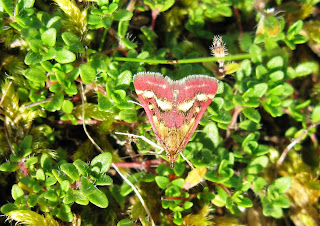This blog may help people explore some of the 'hidden' issues involved in certain media treatments of environmental and scientific issues. Using personal digital images, it's also intended to emphasise seasonal (and other) changes in natural history of the Swansea (South Wales) area. The material should help participants in field-based modules and people generally interested in the natural world. The views are wholly those of the author.
Wednesday, 29 September 2010
Coming Back
A report that one third of 'extinct' Mammalian species are eventually (sometimes 100 years later) should not raise too many hopes (http://www.guardian.co.uk/environment/2010/sep/29/plant-species-face-extinction ). It is also predicted that 1 in 5 plants face extinction and that will accelerate the rate of animal extinctions. Talking of extinctions, I retire from University on 30th September. I will continue to exist in the Blogosphere!
Seeing the Changes 333
In spite of the cooler weather, the Buff-tip moth (Phalera bucephala) larvae had dissipated and were even larger.
Tuesday, 28 September 2010
Longleat Lingers
There was some interesting stuff at Longleat en route with Ostrich (Struthio camelus) chicks, Rothschild's giraffe (Giraffa camelopardalis rothschildi) were checking out 'enrichment' and film makers. There were also close ups of a Lioness (Panthera leo) and a pacing Tiger (Panthera tigris).
Highlights of a Last Dorset Field Course?
Two days from retirement and I have just returned from the annual Swansea field course that takes in locations reached from the Island of Portland (with Chesil Beach). Saw Turnstone (Arenaria interpres) on Chesil Bank. At Abbotsbury Swannery got to hold a Mute swan (Cygnus olor) for the last time. Radipole RSPB reserve had massed cormorant on the little island. At Broadcroft Butterfly Quarry got a nice shot of a basking Speckled wood (Pararge aegeria) and found a Slow worm (Anguis fragilis). In addition to the primates, there were masses of fungi at Monkey World including Fly agaric (Amantia muscaria) and Boletus edulis (guess which one should eat!). Brownsea Island was special with Greenshank (Tringa nebularia) and Redshank (Tringa totanus) in the lagoon with a massed flight of Spoonbill (Platalea leucorodia), Avocet (Recurvirostra avosetta) and other species above it. There were also Leccinium scabrum fungi there and a good show by the Red squirrel (Sciurus vulgaris).
Saturday, 18 September 2010
Seeing the Changes 332
In Loughor, the conkers of the Horse chestnut (Aesculus hippocastanum) were ready for collection. There were also lots of Fairy-ring champignon (Marasmius oreades) on the lawn. In Bynea, the Buff-tip moth (Phalera bucephala) larvae had grown and had gone up in the world (on to a higher branch).
Flights of Fancy?
The report of a Pembrokeshire swan (nicknamed by the press 'Hannibal') being 'hyperaggressive' and attacking (and sometimes killing) other birds raises a number of questions (http://www.bbc.co.uk/news/uk-wales-south-west-wales-11331964 ). Some of the commentators have even speculated that there must be some contamination in the water to 'cause' this 'abnormal' behaviour. Mute swans (Cygnus olor) are often highly territorial and intolerant of other waterbirds (especially their own species). A Google search will confirm that such behaviour is frequently recorded (see 'the ASBO swan and 'Hissing Sid'). Even atypically maintained swans such as those at Abbotsbury in Dorset are not free of 'swanecidal' behaviour. Territoriality is used by many species as a means of getting access to limited resources (in this case the grass and pondweed around a nesting site in order to breed successfully and to rear offspring. The species clearly shows variability in this characteristic which is actually highly beneficial to the individual, its mate and its progeny. It is humans that object to the bird doing these actions (it's not 'nice' for a 'peaceful' bird to behave this way).
Wednesday, 15 September 2010
Topsy-Turvey
One of the Flounders (Platichthys flesus) caught in Northumberland had dark colouration on both sides (not the usual white on the 'bottom' side after the eyes had migrated) . This abberration seems to be quite common in this area.
Birder's Bonus 75
At Tynemouth saw a Starling (Sternus vulgaris) in attractive plumage. From a beach in Northumberland, spotted masses of Eider duck (Somateria mollissima) bobbing about.
Tuesday, 7 September 2010
It's the Inbreeding!
I do not find the claim that certain Bumblebee species are disappearing from the UK because they are too genetically similar to resist parasites and disease very convincing(http://www.bbc.co.uk/news/science-environment-11199779). It is certainly true that the eusocial lifestyles of certain bees, ants and wasps results in members of the hive or colony being genetically very similar but I suspect that changes in agricultural and horticultural practices (or even climate?) play much bigger roles here. In the case of zoo animals there was a marked tendency to blame inbreeding for failures to reproduce endangered captive species. The claim is often made in the absence of having a clear measure of genetic variance (other than using often dubious 'geneological charts') but without being able to specify a reason (e.g. diet, social structure etc). I suspect that something similar is going on here.
Saturday, 4 September 2010
Seeing the Changes 331
Came across a ravenous herd of small (late?) Buff-tip moth (Phalera bucephala) larvae on Willow at Bynea. In Loughor, lots of leaves were dropping from the trees but the 'season of mellow fruitfulness' was also marked by prickly Sweet chestnut (Castanea sativa), acorns of the Pedunculate oak (Quercus robur), winged seeds of the Sycamore (Acer pseudoplatanus), hips of the Dog rose (Rosa canina), red berries of Honeysuckle (Lonicera periclymenum) and orange fruit of the Sea buckthorn (Hippophae rhamnoides). There was also lots of evidence of Hymenoptera activity with numerous red galls of Pontania proxima on the Willow, profusions of spangle galls of Neuroterus quercusbaccarum on oak and a busy Ophion luteus searching for caterpillars on Rosebay willowherb. Larvae of the Large white (Pieris brassicae) were evident elsewhere. There were also lots of Speckled wood butterflies (Pararge aegeria tircis) making the most of any sunshine. The Willow also revealed a large froghopper (Aphrophora alni).
Wednesday, 1 September 2010
Seeing the Changes 330
Returned to Oxwich, noted quite a lot of Wood sage (Teucrium scorodonia) in the dunes. Also spotted an interesting red and yellow micromoth (probably Pyrausta purpuralis) and the first Wall butterfly (Lasiommata megera) that I have seen in the UK.
Subscribe to:
Posts (Atom)
-
It should hardly be called a study. A Which comparison looked at levels of nitrogen dioxide and small particulates (PM 2.5s) in 5 Londo...
-
Europe has a city congestion problem. In 2023, London was the most gridlocked location, closely followed by Paris and Dublin. In that year...
-
It's necessary, where possible, to replace diesel and petrol-fueled vehicles by electrical equivalents. Electric vehicles (EVs) don...
+head+SU.jpg)







,+Little+egret+(Egretta+garzetta)++etc+in+flight+Brownsea+Island.JPG)
+near+tern+island+Brownsea.JPG)
+dips+beak+in+lagoon+Brownsea.JPG)
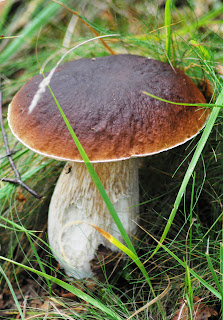
+toadstool+Monkey+World.JPG)
+in+Bug+bottle+Broadcroft.JPG)


+walk+on+Chesil+Bank.JPG)

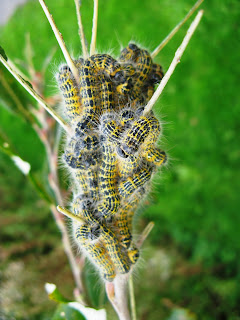

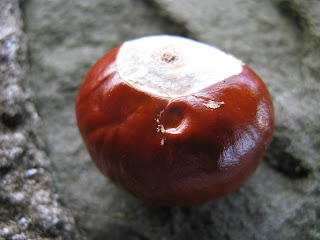
+threat+frontal.jpg)
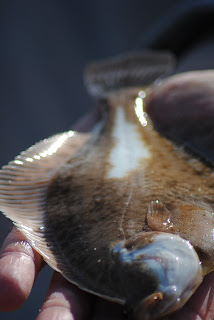
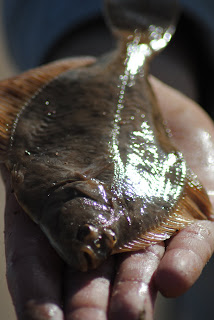


+lateral+Bynea.JPG)















